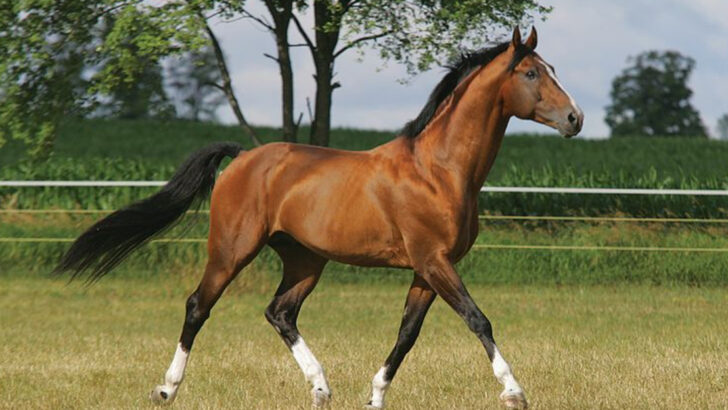Not all horses are created equal—especially when you’re a beginner. Some breeds, with their powerful personalities and unique needs, can quickly turn your dream of horseback riding into a real challenge.
If you’re just starting out, you might want to steer clear of certain breeds that can be unpredictable or demanding. From fiery temperaments to stubborn streaks, these horses require an experienced rider who knows how to navigate their quirks.
In this post, we’ll dive into 17 of the toughest horse breeds for beginners. We’ll break down what makes them tricky to handle and what you should know before even thinking about taking one on.
Get ready for a ride through the world of challenging horses—and a glimpse into why some breeds just aren’t the best fit for novices!
Thoroughbred
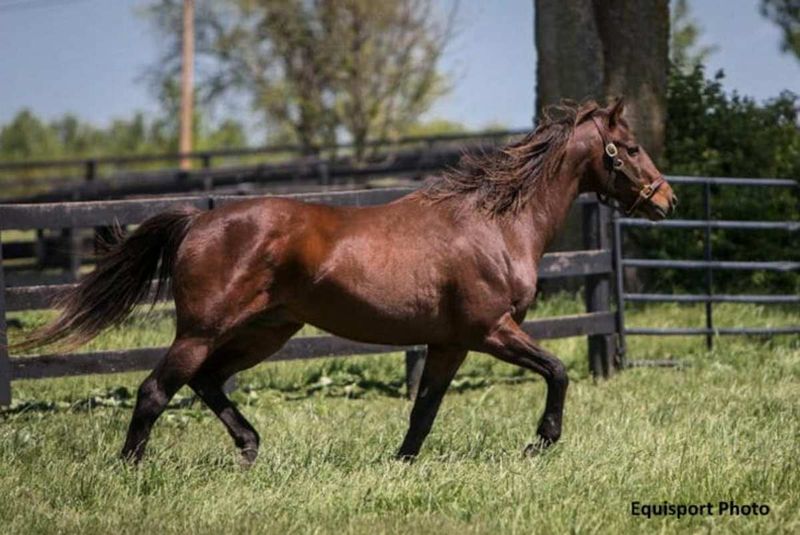
Thoroughbreds are renowned for their speed and agility, often seen in competitive racing. However, their spirited nature and high energy levels make them a challenge for beginners.
These horses require experienced handling due to their sensitivity and often nervous disposition. Their competitive spirit can lead to stubbornness, especially if they sense inexperience in their rider.
It’s crucial for beginners to have a level-headed approach and to work with a trainer who understands the breed’s unique needs. Proper training and consistent routines are essential to manage their energy and maintain a positive relationship.
Arabian
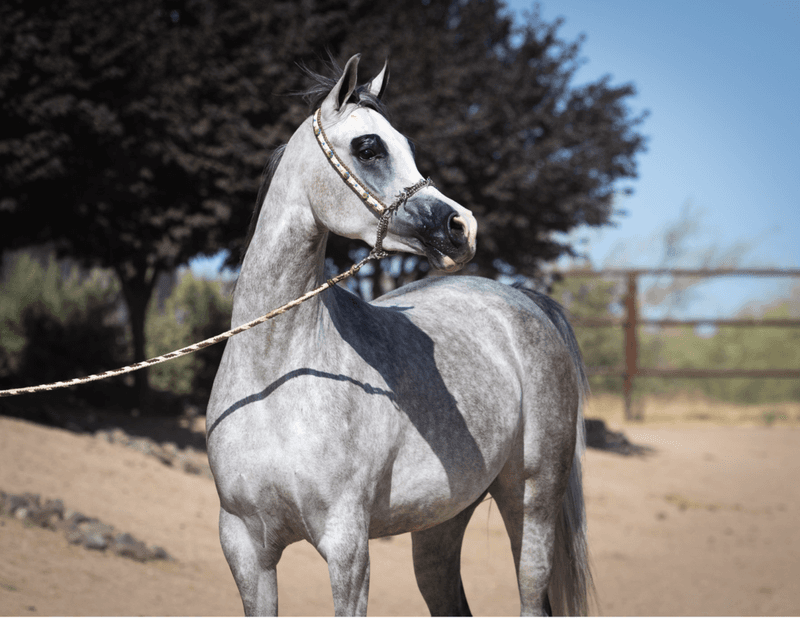
Arabians are cherished for their endurance and intelligence, making them a favorite in endurance riding. Yet, their spirited and sometimes stubborn nature can pose difficulties for novice riders.
They are highly sensitive and respond quickly to cues, which can be overwhelming for someone still learning the ropes. Arabians also have a strong sense of independence, requiring a confident handler who can establish trust and respect.
Beginners should focus on building a relationship based on mutual understanding and patience, ensuring that their Arabian feels secure and well-guided.
Akhal-Teke
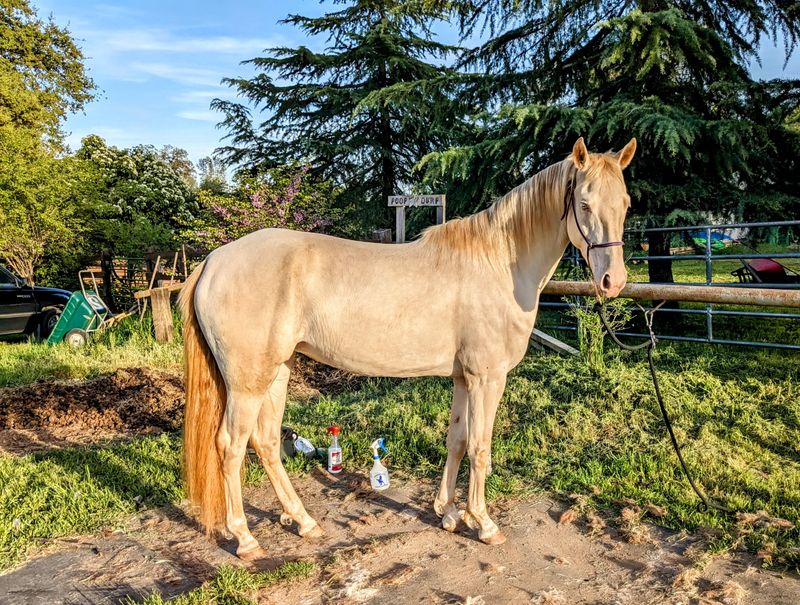
Known for their dazzling metallic coats and exceptional endurance, Akhal-Tekes are stunning yet challenging. Their independent and sometimes aloof personalities can be tough for beginners to manage.
Akhal-Tekes demand respect and consistent training to form a bond with their handler. They are intelligent but can become bored with repetitive tasks, requiring creative and engaging training routines.
This breed thrives with a confident and patient rider who can appreciate their unique qualities while managing their more difficult traits. Beginners must prioritize understanding and adapting to the Akhal-Teke’s distinct personality.
Warmblood
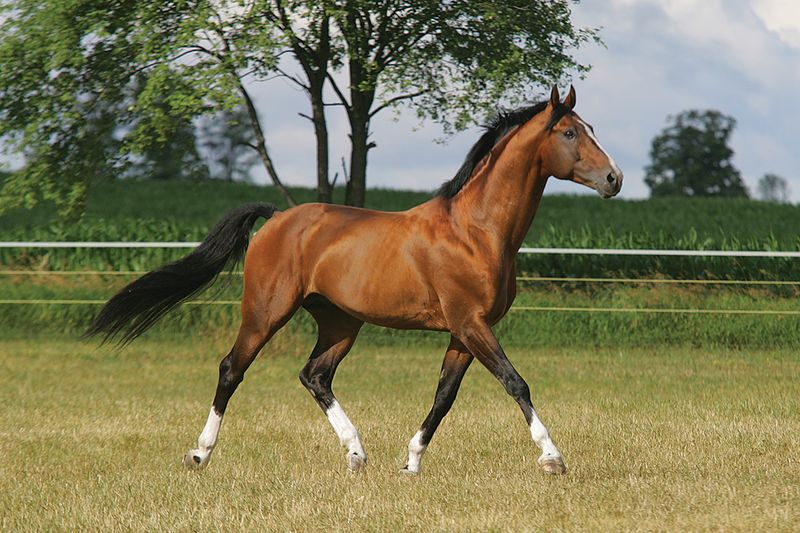
Warmbloods are celebrated for their versatility in disciplines like dressage and show jumping. Despite their talents, their size and strength can be daunting for inexperienced riders.
They require a rider who can match their power with skill and precision. Warmbloods often benefit from regular, structured training sessions to hone their natural abilities and to keep their minds engaged.
They respond well to clear, consistent cues and a balanced rider who can guide them effectively. For beginners, it’s important to work closely with a trainer to learn how to handle a Warmblood’s formidable presence.
Andalusian
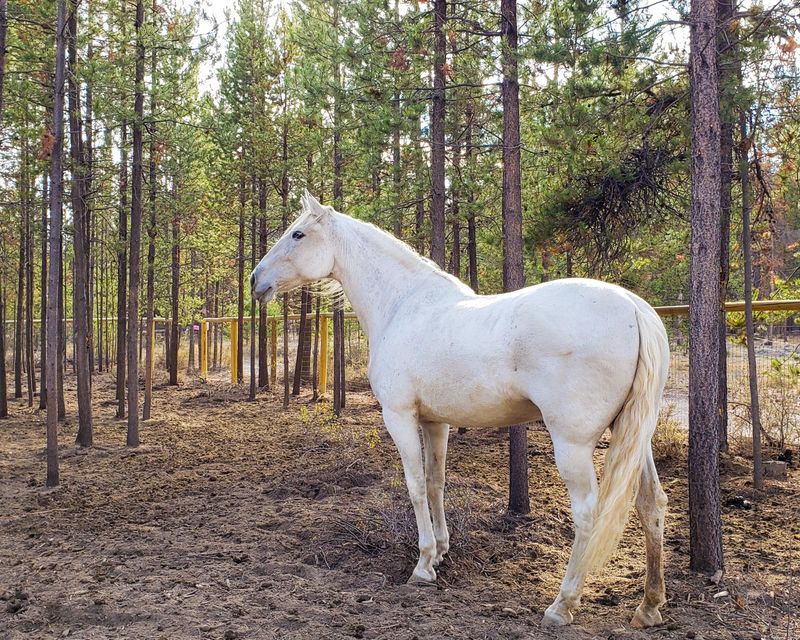
Andalusians are revered for their beauty and grace, often seen in classical dressage. However, their strong personalities and high energy levels can be a handful for beginners.
They are intelligent and quick learners, which means they can become headstrong if not properly guided. Andalusians require a rider who can provide firm yet gentle leadership.
Consistent training and clear communication are key to developing a harmonious partnership. Beginners should be prepared to invest time in building rapport and understanding the Andalusian’s needs to ensure a rewarding experience.
Mustang
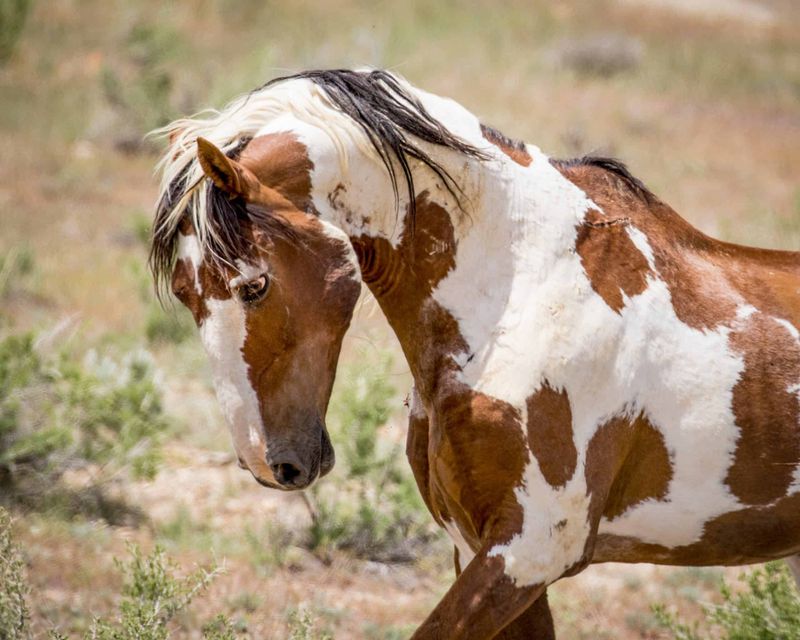
Mustangs, the symbol of the American wild spirit, are known for their resilience and independence. These traits, however, can pose a challenge for beginner riders.
Mustangs often have a strong will and require a handler who can provide clear boundaries and leadership. Their history of living in the wild means they may not be accustomed to human interaction, necessitating a patient and gradual approach to training.
For those willing to invest the time, Mustangs can develop deep bonds with their owners, but they are best suited for those with some experience in horse handling.
Friesian
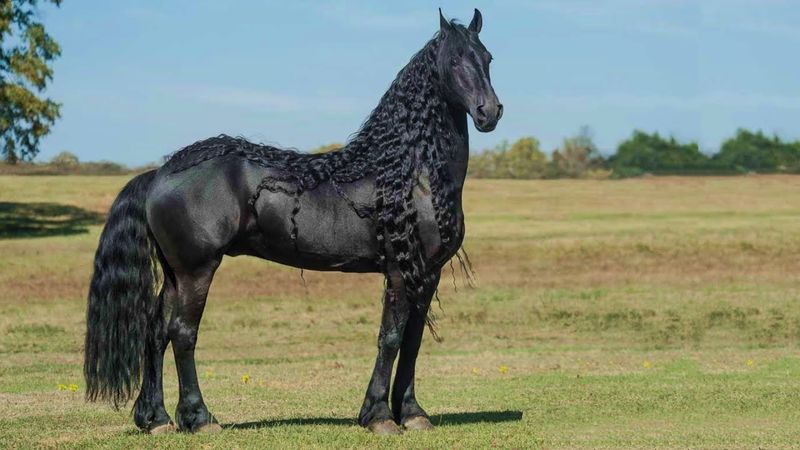
Friesians, with their stunning appearance and flowing manes, are often seen in films and parades. Despite their beauty, they can be challenging for beginners due to their size and need for regular, intensive grooming.
Friesians are sensitive and respond to gentle, consistent handling. They thrive in structured environments where they can engage in activities that stimulate their minds and bodies.
Beginners must be ready to dedicate time to their grooming and exercise needs. Establishing a routine and working with a knowledgeable trainer can help manage a Friesian’s unique characteristics.
Paso Fino
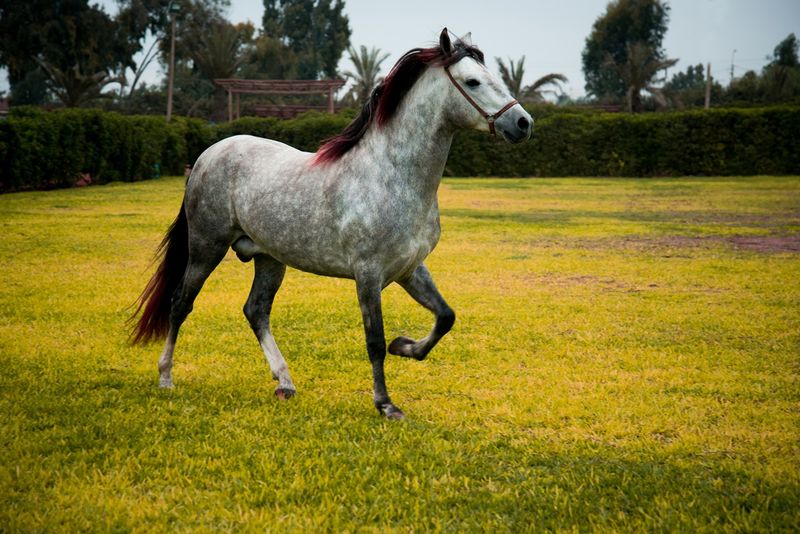
Renowned for their smooth gaits, Paso Finos offer a comfortable ride, yet their spirited nature can be tricky for novices. They are highly responsive to cues and need a rider who can provide calm, clear instructions.
Their sensitivity means they can become anxious if handled harshly or inconsistently. For beginners, it’s essential to focus on building trust and understanding through patient, consistent training.
Paso Finos excel in environments where they can showcase their natural gait, and they thrive under handlers who can appreciate their unique qualities.
Icelandic Horse
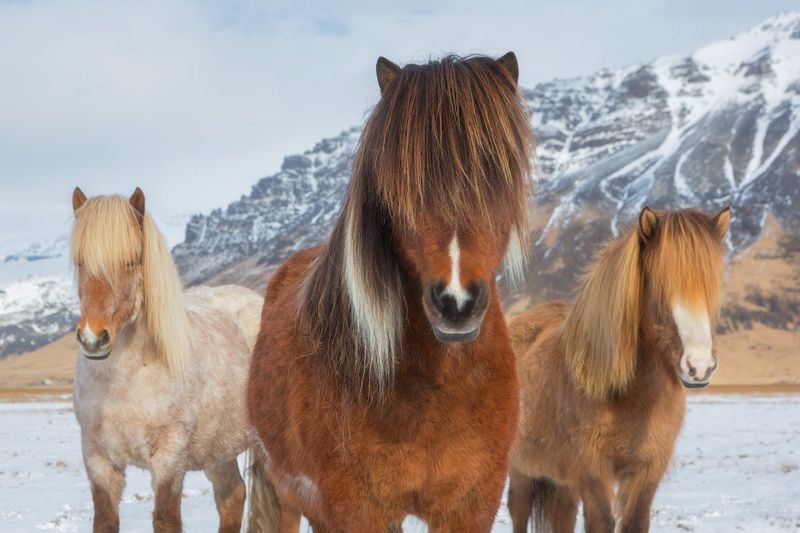
Icelandic Horses, known for their strength and unique gaits, can be a delight for experienced riders. However, their independent nature and strong will can be challenging for those new to horse riding.
These horses are intelligent and require a handler who can provide clear, consistent guidance. Their robust build means they often have a mind of their own, making patience and persistence key.
Beginners should focus on establishing respect and boundaries early in the relationship. Icelandic Horses thrive with a rider who can appreciate their spirited nature while providing steady leadership.
Connemara Pony
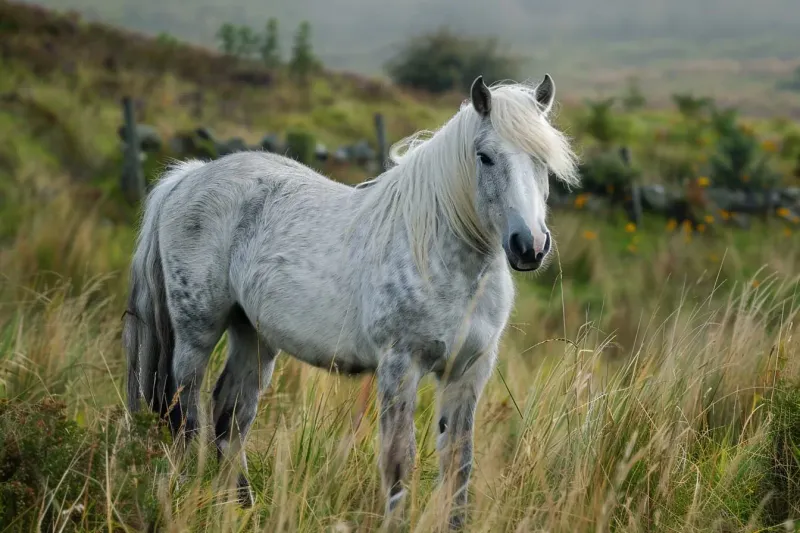
Connemara Ponies are admired for their agility and versatility in competitions like show jumping. Their spirited nature can surprise beginners, especially children.
These ponies are highly intelligent and require a handler who can provide engaging and challenging activities to keep them mentally stimulated. They can become bored with repetitive tasks, necessitating creative training approaches. For beginners, it is important to establish a routine that balances physical and mental exercise.
Working with a trainer who understands the Connemara’s needs can help ensure a successful partnership, allowing their talents to shine.
Lusitano
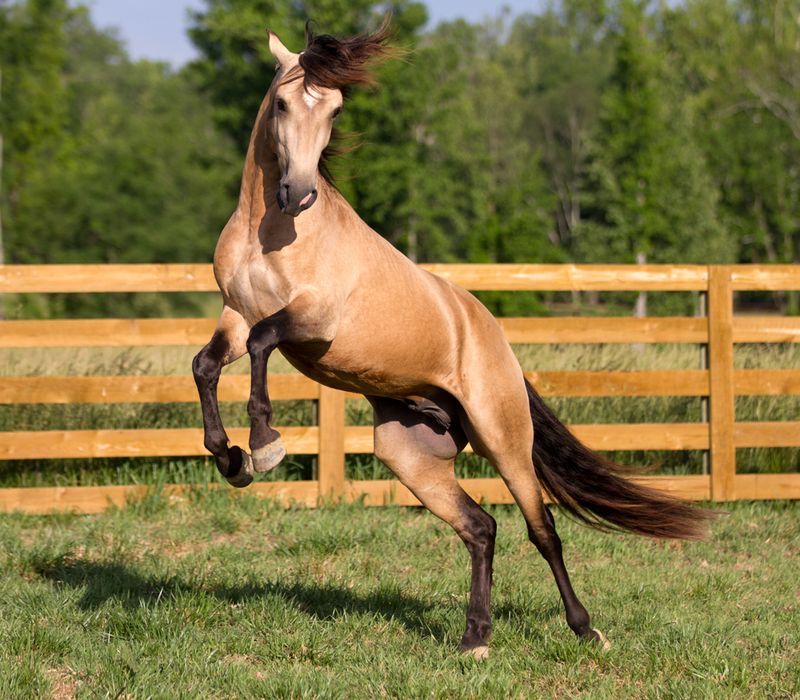
Lusitanos are celebrated for their athleticism and grace, often excelling in disciplines like dressage. Their strong-willed nature and high energy can be challenging for beginners.
Lusitanos require a rider who can match their intensity with skillful handling and clear communication. They thrive in environments where they can engage in challenging activities that showcase their natural abilities.
Beginners must be prepared to invest time in understanding and meeting the Lusitano’s needs. A consistent, patient approach is key to forming a successful partnership and unlocking their full potential.
Shire Horse
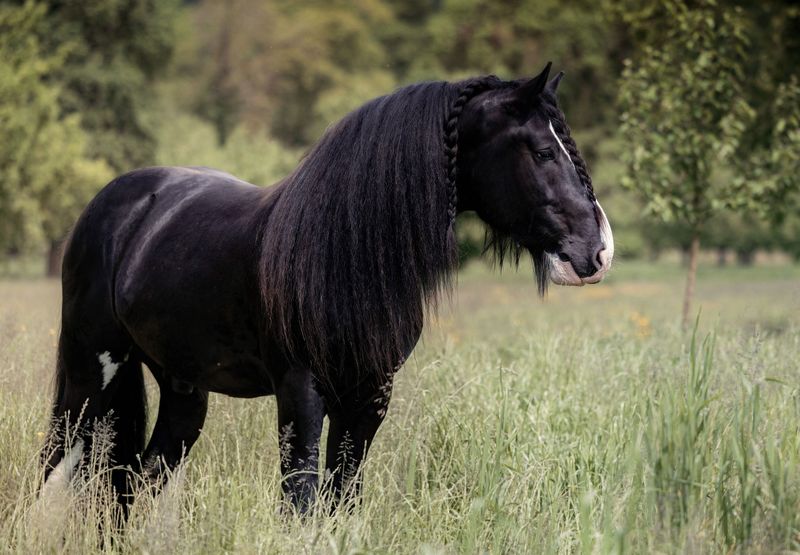
Shire Horses, known for their immense size and strength, are gentle giants but can be overwhelming for beginner riders. Their size alone requires a confident handler who can manage their movements safely.
Shires are generally calm and patient but need regular exercise to maintain their health and well-being. Beginners must be ready to provide ample space and resources to accommodate a Shire’s needs.
Working with a trainer experienced with draft horses can be beneficial in learning how to handle and care for such a large animal, ensuring a positive experience.
Peruvian Paso
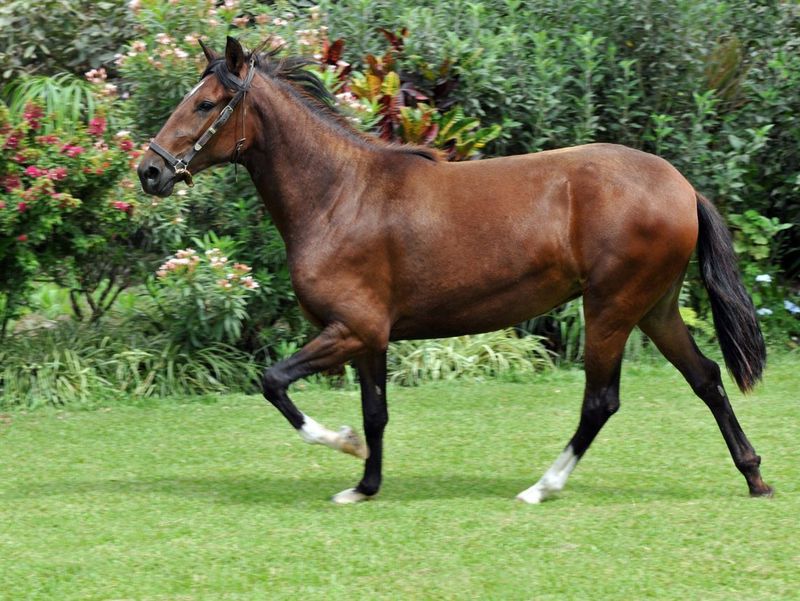
The Peruvian Paso is famous for its smooth, natural gait, offering a comfortable ride. However, their spirited personality can be challenging for those new to riding.
They require a rider who can provide calm, consistent leadership and appreciate their unique qualities. Peruvian Pasos are sensitive and can become anxious if handled roughly or inconsistently. Establishing trust through patient, gentle training is essential.
Beginners should focus on understanding their horse’s cues and maintaining a relaxed environment to foster a positive relationship. Their unique gaits make them a delight once properly understood and managed.
Marwari
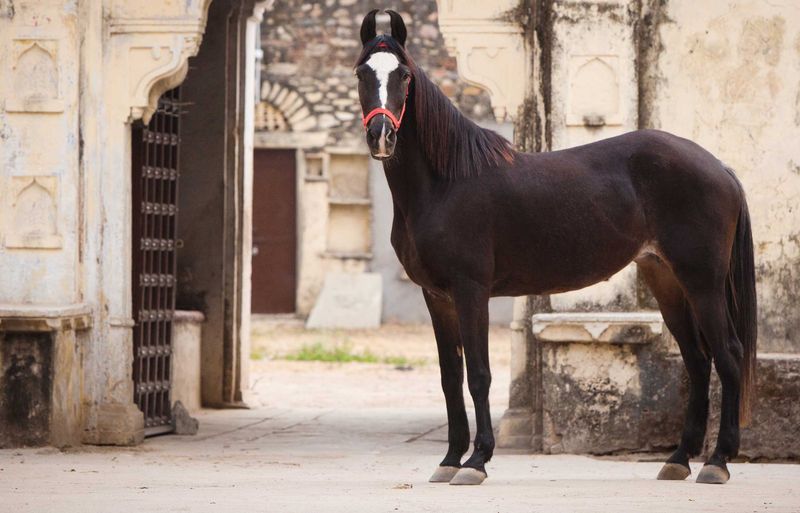
Marwaris, with their unique inward-curving ears, are known for their hardiness and high spirits. These traits can make them challenging for new riders.
They require a confident handler who can provide firm guidance and establish clear boundaries. Marwaris are intelligent and sensitive, often forming strong bonds with their owners.
Beginners should focus on building trust and respect through consistent, patient training. Understanding the Marwari’s cultural and historical significance can also add depth to the relationship. With the right approach, Marwaris can be rewarding companions for those willing to invest the effort.
Saddlebred
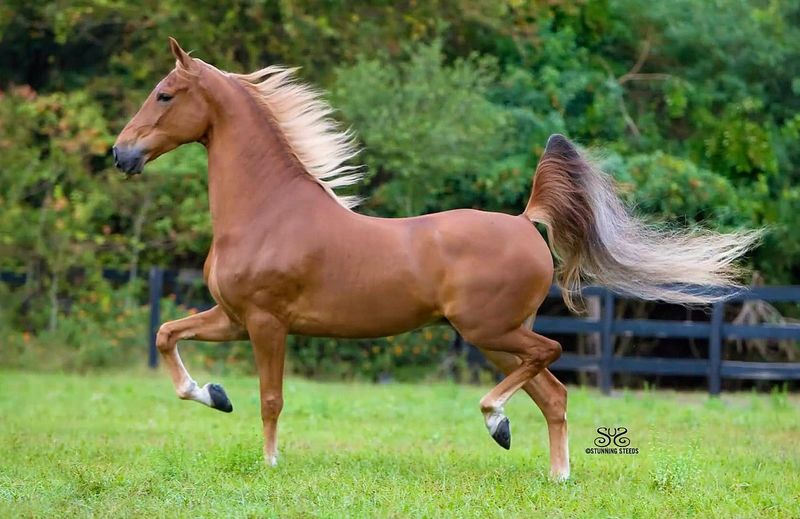
American Saddlebreds are prized for their high-stepping gaits and elegant appearance. However, their energetic nature can be overwhelming for beginners. They are sensitive to their rider’s cues and require a handler who can provide clear, positive direction.
Saddlebreds thrive in environments where they can showcase their talents, but beginners should be cautious of their sometimes nervous disposition. Establishing a routine that includes regular training and positive reinforcement is vital.
Working with a trainer who understands the Saddlebred’s unique needs can help in developing a harmonious relationship.
Hanoverian
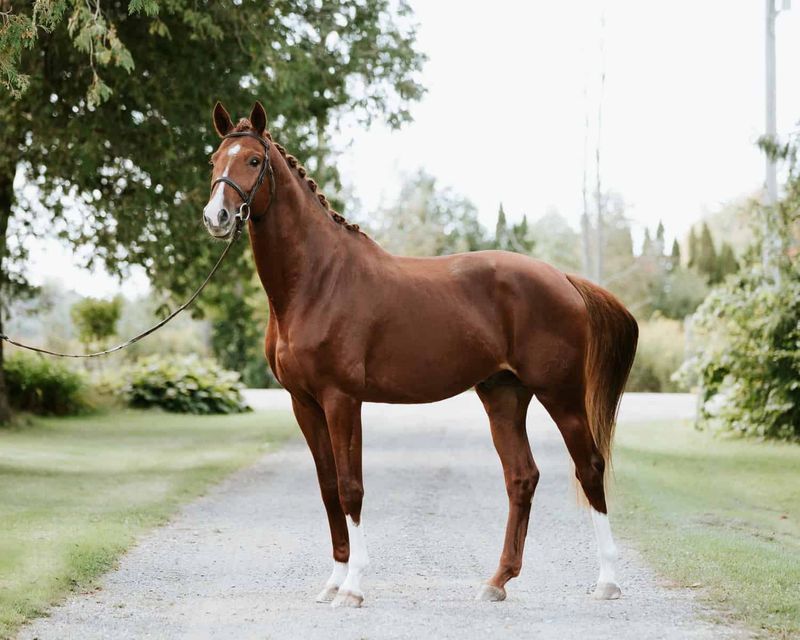
Hanoverians are celebrated for their power and agility, often excelling in show jumping and dressage. Despite their talents, their size and strength can be intimidating for beginners.
They require a rider who can provide consistent training and guidance. Hanoverians are intelligent and responsive, but they need structured routines to keep their minds engaged.
Beginners should focus on building a solid foundation of trust and respect, working closely with a knowledgeable trainer to navigate the challenges posed by this impressive breed. Understanding their needs and providing appropriate care is key to success.
Tennessee Walking Horse
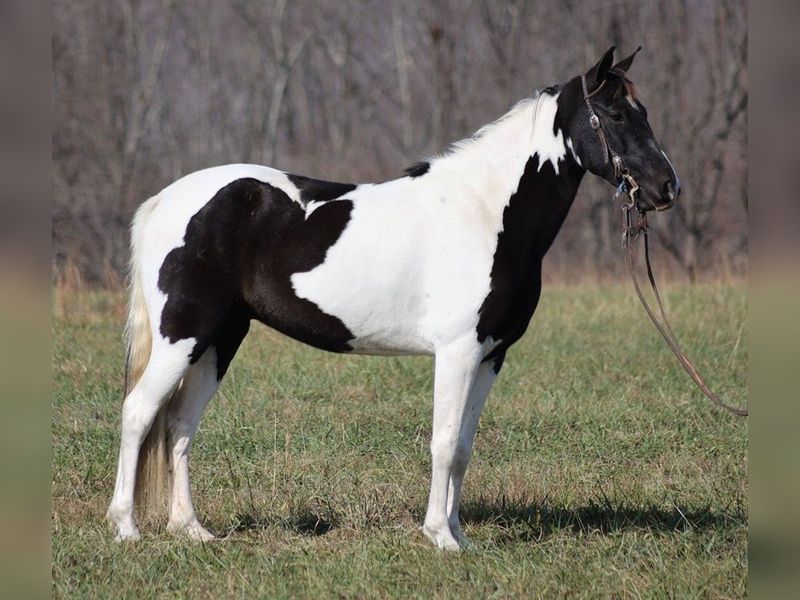
Known for their smooth, distinctive gaits, Tennessee Walking Horses offer a comfortable ride but can be challenging for new riders due to their spirited nature.
They require a rider who can provide calm, consistent leadership and appreciate their unique qualities. These horses are sensitive and can become anxious if handled harshly or inconsistently. For beginners, it’s essential to focus on building trust and understanding through patient, consistent training.
Tennessee Walkers excel in environments where they can showcase their natural gait, and they thrive under handlers who can appreciate their unique qualities.

